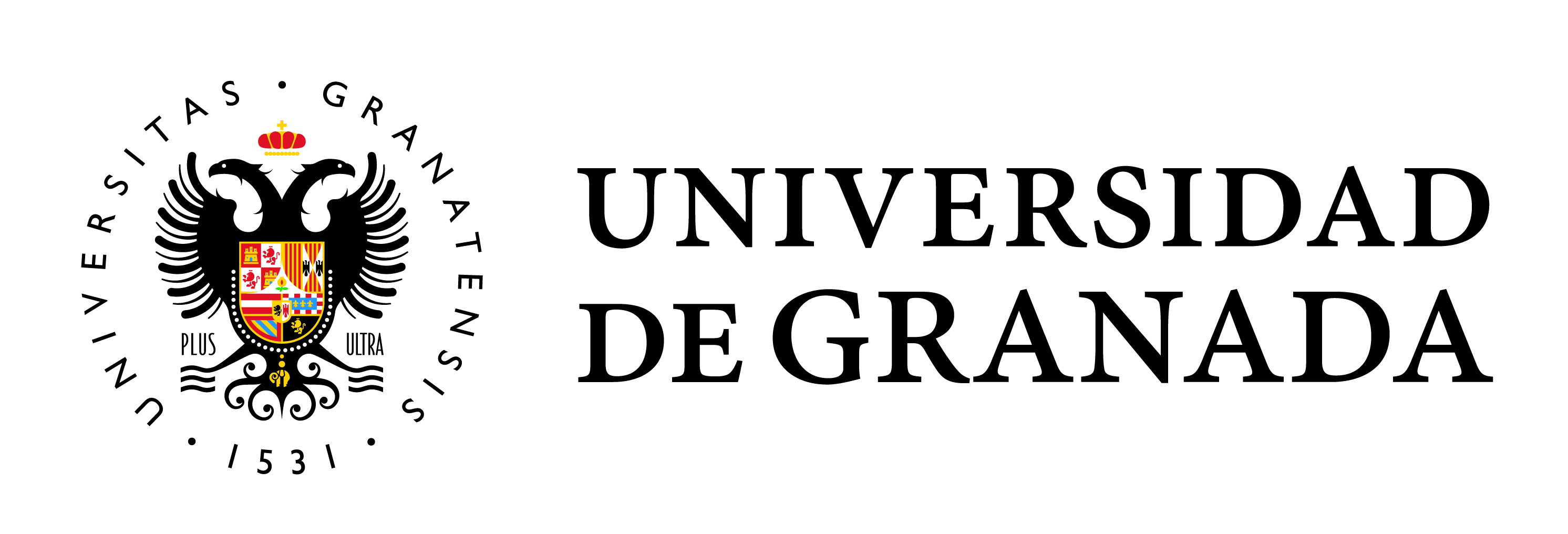El paisaje biocultural de la herbolaria mazahua: el caso de dos comunidades del Estado de México
Contenido principal del artículo
Resumen
Los grupos indígenas son poseedores de conocimiento ambiental que les permite identificar al paisaje como proveedor de bienes para cubrir necesidades como alimentación, vestimenta, vivienda y salud. El objetivo del artículo es identificar la herbolaria mazahua en el paisaje biocultural de dos comunidades del Estado de México. El estudio tiene un enfoque biogeográfico, se hizo uso de la investigación documental y entrevistas semiestructuradas como instrumento de investigación, además del uso de medios digitales para contactar a las comunidades. Se concluye que las mujeres de ambas comunidades atribuyen significado a su entorno aprovechándolo para atender la salud de su familia. El conocimiento femenino sobre las plantas medicinales forma parte de su paisaje biocultural manifestado en espacios de cultivo y de recolección para la obtención de plantas medicinales. Resalta la conservación de plantas medicinales y el conocimiento de las mujeres sobre ellas por medio de su aprovechamiento a nivel familiar y comunitario. Así mismo, se destaca que los espacios de cultivo y recolección para la práctica de la herbolaria son multipropósito, lo que muestra la bioculturalidad de su paisaje.


